Disclosure: This article contains affiliate links. We may earn a commission from purchases at no extra cost to you, which helps our travel content.
The morning light filters through the jacaranda trees, casting purple-dappled shadows across Guadalajara's streets as I adjust my travel sketchbook on my lap. There's something about this city that speaks to both sides of my heritage—the familiar cadence of Spanish that reminds me of my father's stories, and the curious explorer's spirit I inherited from my mother's Scottish-Canadian roots. Guadalajara isn't just Mexico's second-largest city; it's a living canvas where colonial architecture stands shoulder to shoulder with vibrant murals that tell stories of revolution, identity, and hope. Having spent childhood summers visiting my abuelos here, I've watched this city evolve from traditional to progressive while somehow maintaining its soul. Today, I'm sharing my intimate walking tour of Guadalajara's hidden artistic corners—a journey that costs little more than comfortable shoes and an open heart, perfect for students seeking cultural immersion without emptying their wallets.
Chapultepec: Where Bohemian Rhythms Begin
Every meaningful exploration of Guadalajara's creative pulse should begin in Chapultepec, where the city's artistic heart beats strongest. I recommend arriving around 10 AM on a weekend, when the neighborhood is just stirring to life but before the midday heat intensifies. The Chapultepec corridor along Avenida Guadalupe stretches like an artery of creative energy, lined with cafés where university students debate philosophy over locally-sourced coffee.
My ritual always begins at Café Palreal, a hole-in-the-wall spot where baristas craft the perfect cold brew that fuels my walking adventures. The walls here rotate local artists' work monthly—a microcosm of the neighborhood itself. While sketching the morning scenes, I've struck up conversations with everyone from architecture students to visiting musicians, each offering their own hidden gem to add to my mental map.
As you wander north from the café, the street art begins to reveal itself not as random graffiti but as an intentional outdoor gallery. The murals here aren't concentrated in a single area but rather appear like colorful surprises around corners and down alleyways. I've learned to walk slowly, eyes scanning not just at eye level but up toward rooftops and down toward doorways.
One particularly striking piece covers the entire side of an apartment building near the intersection with Calle López Cotilla—a massive tree whose roots transform into human figures representing Jalisco's indigenous heritage. The artist, whose signature simply reads 'Nativo,' completed this work over three moonlit nights, as the building's elderly owner told me while I sketched the scene last year.
Chapultepec transforms completely on Saturdays when the tianguis (street market) fills the main boulevard. Local artisans sell everything from hand-tooled leather journals to upcycled jewelry. This is where I found my most treasured souvenir—a paintbrush handcrafted from agave fibers that now travels with me to every destination.
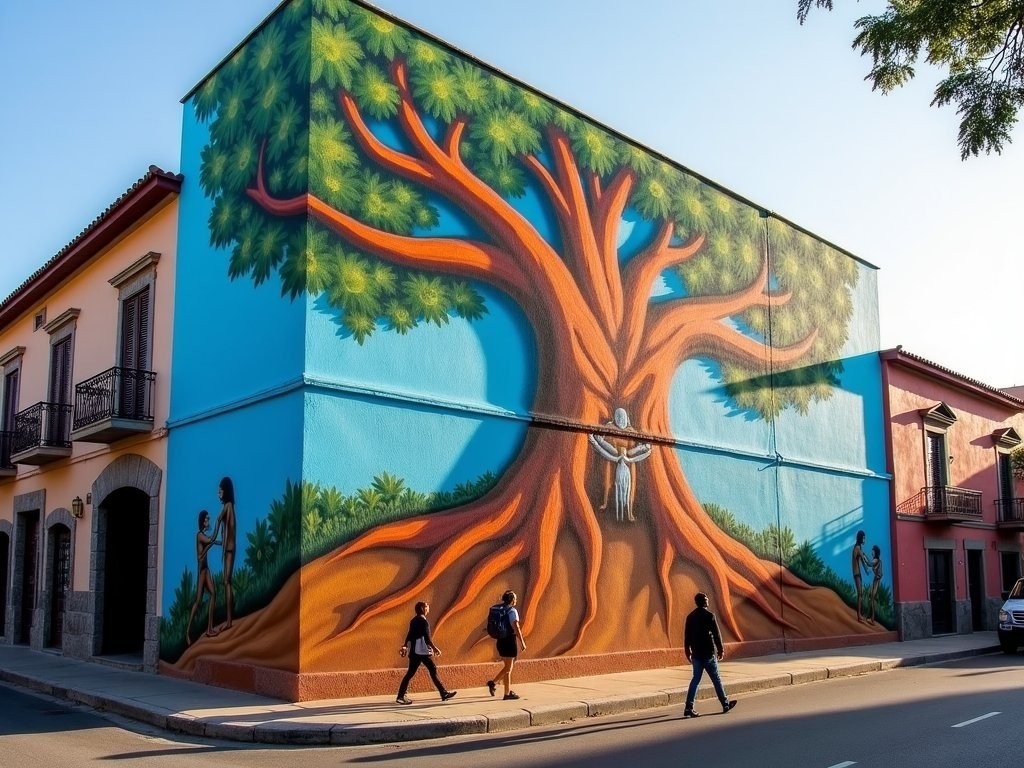
💡 Pro Tips
- Visit Chapultepec on Saturday mornings for the best combination of street art viewing and local market shopping
- The side streets off Avenida Guadalupe hide some of the most impressive murals—don't stick only to the main boulevard
- Local coffee shops often have maps of nearby street art—ask baristas for their personal favorites
Lafayette: Architectural Time Travel
A fifteen-minute stroll east of Chapultepec brings you to the Lafayette neighborhood, where Guadalajara's architectural evolution unfolds like pages in a history book. This residential area might not appear in most guidebooks, which is precisely why I treasure it. Here, the street art gives way to architectural storytelling—each building a canvas of a different sort.
The neighborhood was developed in the 1940s as Guadalajara's elite moved from the historic center, bringing with them a desire for European-inspired grandeur. What makes Lafayette fascinating is the collision of styles: Art Deco mansions stand beside Modernist experiments and neo-colonial revivals. For architecture students, this neighborhood is essentially an open-air classroom.
My favorite route begins at Calle Miguel N. Lira and winds through the residential blocks toward Avenida La Paz. I've spent entire afternoons with just my pocket watercolor set and sketchbook, attempting to capture the distinctive curves of the Art Deco balconies or the bold geometric patterns of the Modernist facades.
Unlike the historic center, Lafayette feels lived-in rather than preserved. Elderly residents tend to gardens that spill over wrought-iron fences, while young professionals renovate interiors while maintaining historic exteriors. This neighborhood breathes with the rhythm of actual life rather than tourism.
The jewel of Lafayette is undoubtedly Casa Franco, a privately-owned 1950s residence that opens for architectural tours on the first Sunday of each month (donation-based, perfect for student budgets). The house represents Mexican architect Luis Barragán's influence without being his work—a student of his designed it with the characteristic bold colors and emphasis on natural light that defined mid-century Mexican modernism.
Between architectural admirations, Panadería Liz on Calle José María Vigil offers the perfect refueling stop. Their conchas (Mexican sweet bread) cost just a few pesos and provide the sugar boost needed for continued exploration. The bakery itself is housed in a 1930s building with original tile work that's worth photographing.
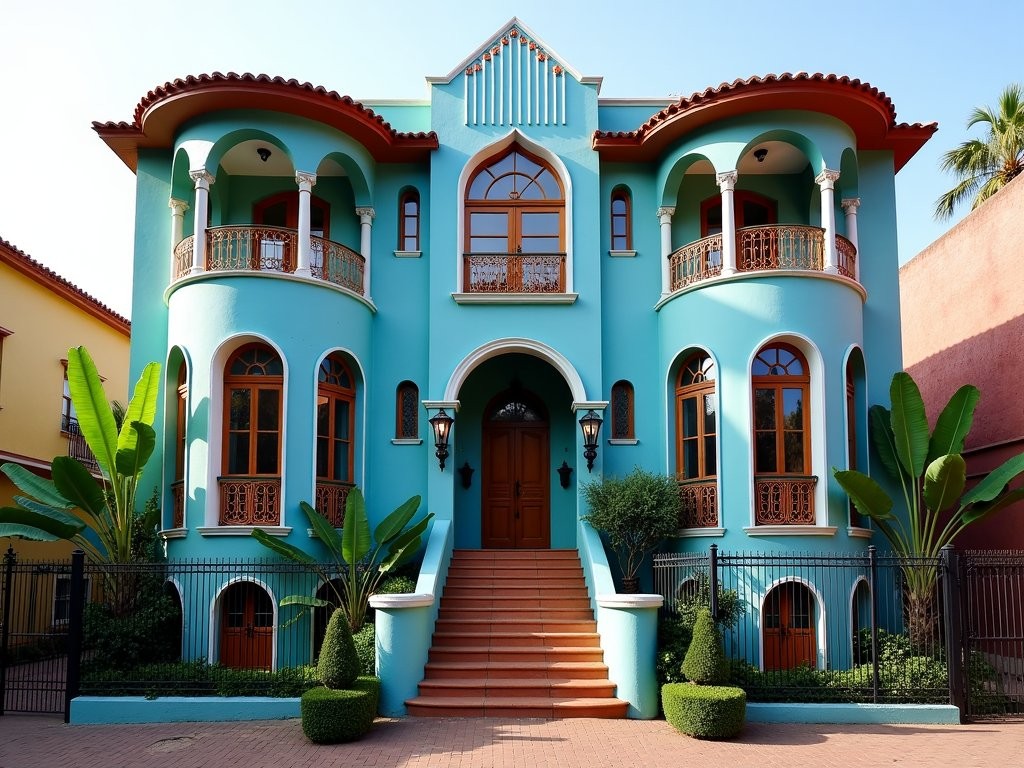
💡 Pro Tips
- Download the free Lafayette Architecture Map from the Municipal Tourism website before visiting
- Visit on weekday mornings when residents are often gardening and happy to chat about their historic homes
- Look up! The most interesting architectural details are often above eye level on facades and rooflines
Centro Histórico: Where Ancient Meets Avant-garde
No artistic exploration of Guadalajara would be complete without weaving through its historic heart, but my approach avoids the standard tourist paths. While the magnificent Cathedral and Government Palace deserve their acclaim, I've discovered that the real dialogue between past and present happens in the narrow streets radiating outward from Plaza de la Liberación.
Begin at the Instituto Cultural Cabañas, a UNESCO World Heritage site that houses José Clemente Orozco's most powerful murals. As an art therapist, I'm always moved by how these revolutionary works continue to provoke emotional responses nearly a century after their creation. The building itself—once an orphanage—speaks to the complex social history that underlies much of the city's public art.
From here, I recommend taking Calle Cabañas toward the Mercado San Juan de Dios, but with a crucial detour: the alleyways between Calle Dionisio Rodríguez and Javier Mina have become an unofficial outdoor gallery for emerging artists. Unlike the commissioned murals elsewhere, these works appear and disappear organically, representing the most current expressions of local concerns and celebrations.
On my last visit, I spent an hour conversing with a young artist who called herself 'Mariposa' as she worked on a piece addressing water scarcity through imagery of Aztec rain deities juxtaposed with modern plumbing. This spontaneous creative exchange—impossible to schedule or predict—is why I encourage wandering without rigid itineraries.
As the historic center transitions toward evening, the lighting transforms the colonial architecture. The golden hour casts the yellow and orange buildings in an almost supernatural glow that I've tried countless times to capture with my travel camera. The warm stone seems to hold the day's stories, releasing them slowly as the light fades.
For students on a budget, the Centro Histórico offers numerous free cultural experiences. The Museo de la Ciudad waives its already modest entry fee on Tuesdays, while the public plazas host free performances most weekend evenings. I've witnessed everything from traditional folklórico dancing to experimental sound art installations in these spaces.
When hunger strikes, avoid the tourist-priced restaurants flanking the Cathedral. Instead, follow local office workers to the food stalls along Calle Pedro Loza, where tortas ahogadas (Guadalajara's signature 'drowned sandwiches') cost a fraction of restaurant prices while delivering authentic flavors that haven't been adjusted for foreign palates.
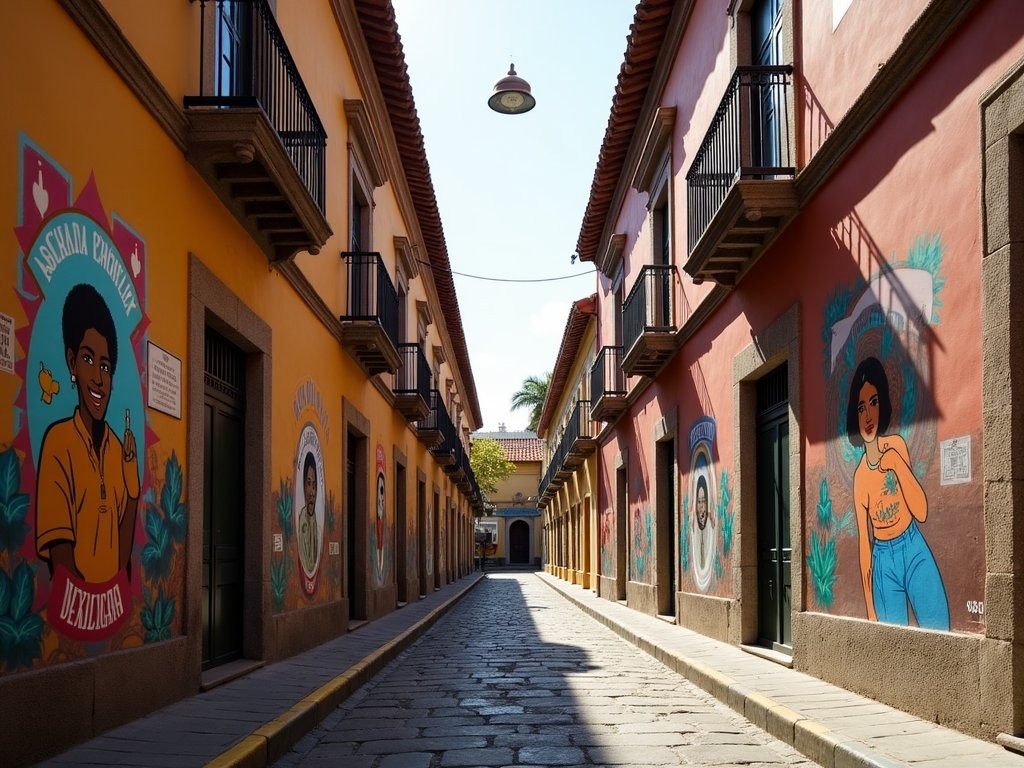
💡 Pro Tips
- Visit the Instituto Cultural Cabañas first thing in the morning to experience Orozco's murals without crowds
- The free walking tours that depart from Plaza de la Liberación at 10 AM are actually excellent—guides work for tips and know hidden artistic spots
- Bring small bills for street food vendors who often can't make change for larger denominations
Colonia Americana: The Hipster Haven with Historic Roots
Named North America's coolest neighborhood by Time Out magazine in 2022, Colonia Americana represents Guadalajara's most successful fusion of preservation and progression. This district bridges my two previous stops—carrying the architectural significance of Lafayette with the creative energy of Chapultepec, yet establishing an identity entirely its own.
I recommend entering the neighborhood from Avenida Chapultepec and making your way toward Templo Expiatorio, using this neo-Gothic church as both landmark and eventual destination. The streets between offer Guadalajara's most exciting mix of adaptive reuse—historic homes transformed into galleries, boutiques, mezcalerías, and third-wave coffee shops.
Calle Libertad has emerged as the district's creative spine. Here, Casa Farolito operates from a 1920s residence, functioning as gallery, design shop, and cultural center. The owners have maintained the original tile floors and wooden beams while introducing contemporary Mexican design objects—a physical manifestation of how tradition and innovation coexist throughout the neighborhood.
Street art in Colonia Americana differs from other districts, often appearing as subtle interventions rather than massive murals. Look for ceramic installations, stencil work, and even yarn bombing that engages directly with the historic architecture. I've documented dozens of these smaller works in my travel journal, noting how they often comment on gentrification and cultural preservation—the very forces shaping the neighborhood.
For students of architecture, Colonia Americana offers a masterclass in adaptive reuse. The MODO building on López Cotilla street demonstrates how early 20th-century residences can be thoughtfully converted to commercial use while maintaining historical integrity. Even the neighborhood's more commercial establishments like Café Palreal occupy buildings with stories to tell—in this case, a former family home where the coffee bar now stands where a kitchen once served generations.
As evening approaches, Colonia Americana transforms yet again. The neighborhood's bars and music venues activate, many showcasing local talent. El Callejón on Calle Gral. San Martín hosts acoustic sets in its courtyard most evenings, where you can enjoy local craft beer for around 60 pesos (about $3 USD)—a bargain considering the quality of both beverages and performances.
What I value most about this neighborhood is how it demonstrates that preservation doesn't mean freezing a place in time. Instead, Colonia Americana shows how thoughtful evolution can honor architectural heritage while creating space for contemporary expression—a lesson many rapidly developing cities could learn from.
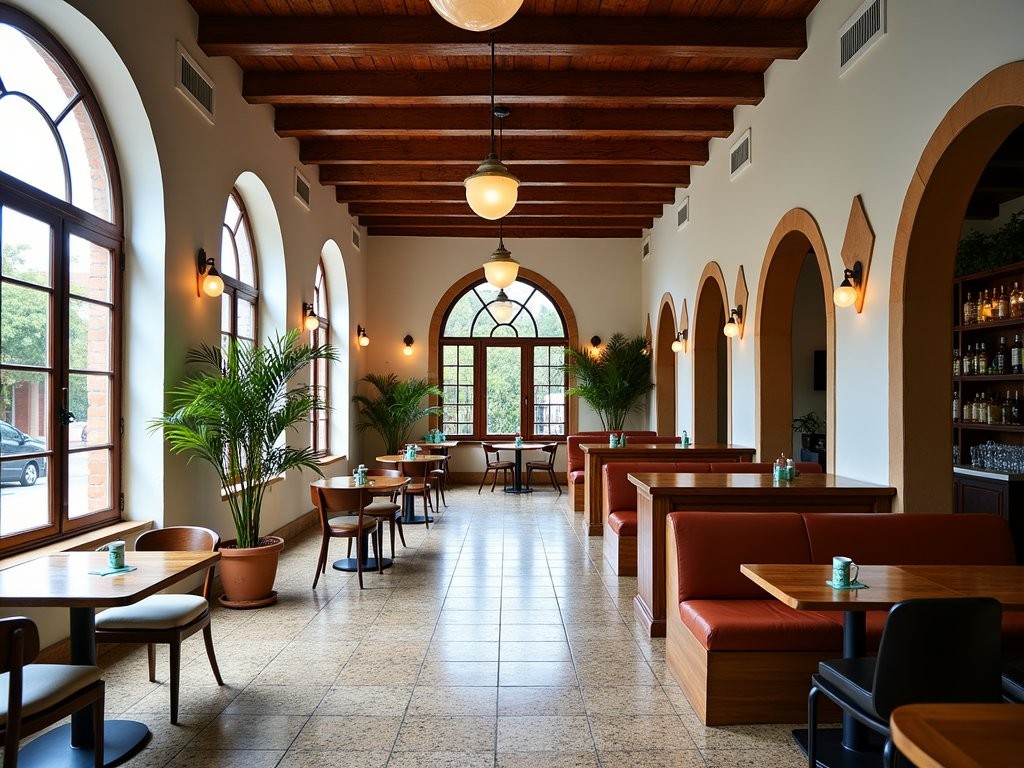
💡 Pro Tips
- Visit Librería Carlos Fuentes on the edge of the neighborhood—this architectural marvel houses a bookstore with excellent English selections about Mexican art and design
- The free walking tour 'Americana: Architecture & Transformation' departs Saturdays at 5 PM from outside Café Palreal
- Many historic buildings are privately owned but open their courtyards during the neighborhood's monthly 'Open House' event on first Fridays
Wellness Breaks: Mindful Moments Between Explorations
Walking tours demand not just physical stamina but mental presence—something I emphasize in both my art practice and travel philosophy. Guadalajara offers perfect opportunities for what I call 'micro-retreats'—brief wellness pauses that enhance rather than interrupt your urban exploration.
Parque Agua Azul provides my favorite green respite near the city center. This botanical garden and aviary combination offers shaded benches beneath flowering jacarandas where I often practice five minutes of mindful breathing between neighborhood explorations. The park's butterfly garden, in particular, creates a meditative space where natural beauty invites you to slow down and recenter.
For those seeking a more structured wellness pause, I've discovered that many historic buildings house unexpected sanctuaries. Biblioteca Iberoamericana Octavio Paz, housed in a former temple, maintains a reading room where silence is observed. Though technically a library, I've found it perfect for meditation—the soaring ceilings and filtered light through stained glass create an atmosphere conducive to mental clarity.
Hydration becomes critical when walking Guadalajara's streets, particularly from March through May when temperatures climb. Rather than purchasing plastic bottles, I fill my insulated water bottle at public fuentes (fountains) found in most plazas. This sustainable practice connects me to a centuries-old tradition of public water access in Mexican cities while reducing waste.
Mexican culture has long understood the connection between sensory experience and wellness—something I incorporate into my walks through intentional sensory breaks. The traditional markets offer opportunities to engage your senses mindfully: inhale the complex aromas of spices at Mercado Libertad, feel the varied textures of handwoven textiles, or simply close your eyes while savoring a piece of fresh fruit from a market vendor.
My walking routes intentionally pass by fountains and public water features, as the sound of flowing water creates natural white noise that counteracts urban stress. Plaza de los Laureles contains a particularly soothing fountain where the combination of water sounds and dappled shade creates what neuroscientists call a 'soft fascination' environment—ideal for mental restoration between more stimulating activities.
Don't underestimate the wellness benefits of social connection during your explorations. Some of my most restorative moments in Guadalajara have come through brief conversations with locals—from the abuela who shared her family's history while I sketched her colonial home to the university student who pointed out architectural details I would have missed. These human connections ground the experience in something more meaningful than mere sightseeing.
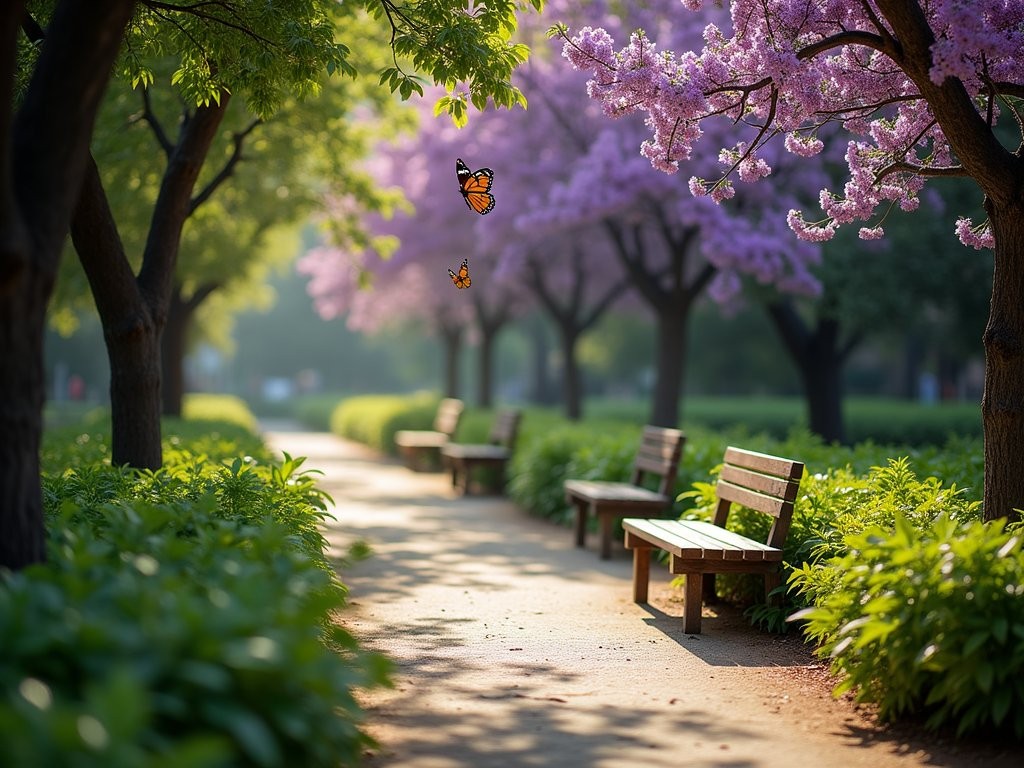
💡 Pro Tips
- Download a free meditation timer app before your walk to remind yourself to take mindful pauses every 90 minutes
- Carry a small packet of lavender essential oil to dab on your wrists during breaks—the scent helps reset your nervous system between stimulating environments
- Public libraries and university campuses offer quiet, air-conditioned spaces for midday breaks when the heat is most intense
Connecting Through Food: Budget-Friendly Culinary Stops
My walking tours always intertwine with culinary exploration—not just for sustenance but as another dimension of understanding Guadalajara's creative expression. For students on tight budgets, the city offers remarkable food experiences that cost little yet deliver authentic connections to local culture.
Begin your day at Mercado Mexicaltzingo, a neighborhood market where locals shop for produce and prepared foods. The market's central food court serves breakfast from 7 AM, with my favorite being the molletes at Doña Mari's stand—open-faced bolillo bread topped with beans, cheese, and pico de gallo for just 25 pesos (about $1.25 USD). The mercados provide not just affordable meals but windows into daily Tapatío life, as residents call themselves.
Between morning and afternoon explorations, the tradition of lonche (light lunch) offers perfect refueling. Calle Independencia between the Cathedral and Plaza de la Liberación hosts several torta ahogada vendors, serving Guadalajara's signature sandwich—carnitas-filled bread 'drowned' in spicy chile sauce. At Tortas Toño, 45 pesos (around $2.25 USD) buys this iconic meal that connects you to generations of local culinary tradition.
Street food provides the most budget-conscious options throughout your walking tour. I've mapped mental coordinates of my favorite vendors: the tejuino (fermented corn drink) cart at the northwest corner of Parque Revolución provides essential refreshment on hot afternoons, while the elote (grilled corn) stand near Templo Expiatorio offers the perfect savory snack dressed with lime, chile, and cotija cheese.
For students seeking both value and atmosphere, La Chata de Guadalajara near the Mercado San Juan de Dios serves traditional Jaliscan cuisine in generous portions. Their lunch special (comida corrida) includes soup, a main dish, dessert, and agua fresca for about 120 pesos ($6 USD)—the same recipes that have sustained local families for decades.
When sketching street scenes, I often position myself near food vendors not just for sustenance but for the social ecosystem they create. Around these carts and stands, I've witnessed everything from business negotiations to family reunions to first dates—each revealing something about local values and relationships.
For evening gatherings, Chapultepec's Calle López Cotilla transforms into a budget-friendly dining destination where university students congregate. La Tetería offers Mexican-Asian fusion in a bohemian setting with most dishes under 100 pesos ($5 USD), while the surrounding bars feature happy hour specials designed for student budgets.
Through these culinary pauses, my walking tours become multisensory experiences that engage not just with Guadalajara's visual creativity but with its flavors, aromas, and the social rituals that surround food. The most meaningful conversations I've had with locals have almost always occurred across a shared table or while waiting in line at a beloved food stand.

💡 Pro Tips
- Most street food vendors operate only certain hours—save locations in your phone map when you discover one you enjoy
- Carry small bills and coins as many food vendors can't break large denominations
- The phrase 'no muy picante' (not very spicy) is helpful if you're sensitive to chile heat levels
Final Thoughts
As the sun sets behind Guadalajara's Metropolitan Cathedral, casting long shadows across Plaza de la Liberación, I add final watercolor washes to my day's sketches. This city—my father's homeland—reveals itself differently with each visit, layers of meaning emerging like the gradual development of a photograph. Through these walking routes, I've invited you not just to see Guadalajara's creative expressions but to participate in them, to let the city's artistic dialogue become part of your own story. The beauty of exploring on foot with minimal expenses is that it forces presence—you cannot rush through neighborhoods or hide behind luxury experiences. Instead, you must engage directly, step by step, conversation by conversation. Whether you're studying abroad, passing through on a backpacking journey, or simply seeking authentic connection with one of Mexico's most creative cities, I hope these paths offer both external discovery and internal reflection. As we say in my family, 'No conoces México hasta que conoces Guadalajara'—You don't know Mexico until you know Guadalajara. So lace up your walking shoes, fill your water bottle, and let the city's hidden corners tell you their stories.
✨ Key Takeaways
- Guadalajara's neighborhoods each offer distinct artistic expressions, from traditional architecture to cutting-edge street art
- Budget-friendly exploration is possible through self-guided walking tours, free cultural sites, and affordable street food
- The most authentic connections happen in unexpected places—side streets, local markets, and neighborhood plazas
- Building mindful pauses into your urban exploration enhances both wellness and cultural understanding
📋 Practical Information
Best Time to Visit
Year-round, though November-April offers milder temperatures
Budget Estimate
$25-40 USD per day including meals and minimal entrance fees
Recommended Duration
A full weekend (2-3 days) minimum
Difficulty Level
Easy To Moderate—mostly Flat Terrain With Some Extended Walking Periods

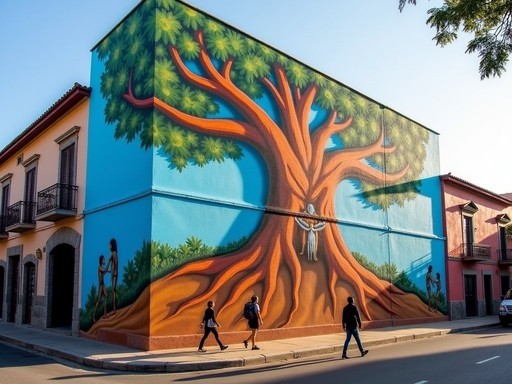

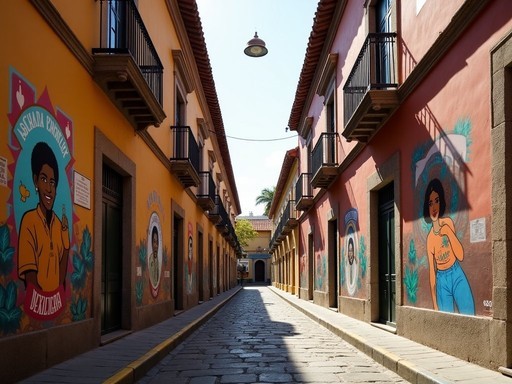
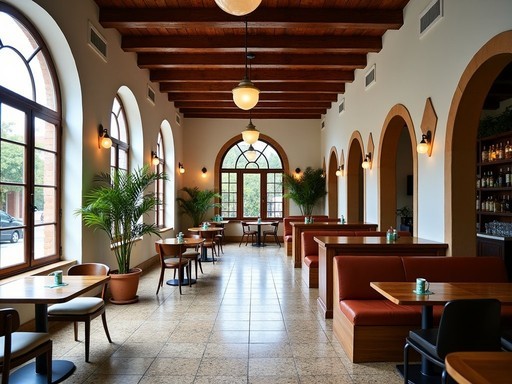




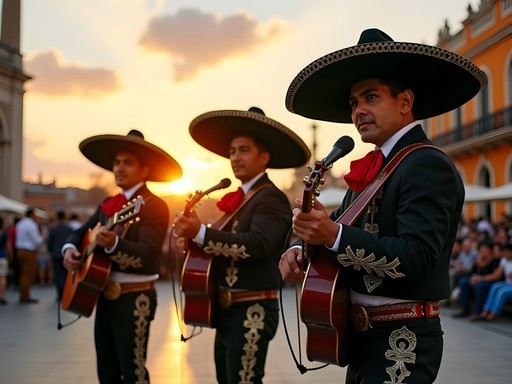
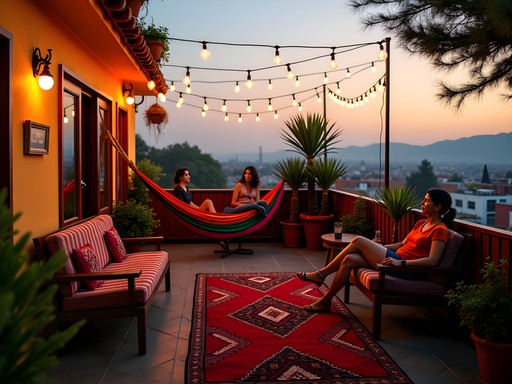






Comments
Douglas Bradley
Great walking tour guide, Avery! I spent three weeks in Guadalajara last year documenting the architectural evolution of Colonia Americana. The contrast between Art Deco mansions and contemporary street art creates such a fascinating dialogue about the city's identity. I found Lafayette particularly interesting - those early 20th century European-inspired facades tell so much about Mexico's complex relationship with colonialism. Did you notice how many of the murals in that area specifically comment on this historical tension? I captured some of this in my travel journal which never left my side during those urban explorations.
Avery Gonzalez
Thanks Douglas! Yes, I was fascinated by that visual dialogue between architecture and street art. The murals near Expiatorio Temple were particularly powerful. Three weeks sounds amazing - I only had 5 days and feel like I barely scratched the surface.
sunnydays22
Is it safe to walk around these neighborhoods with a camera? Planning a trip in July!
Douglas Bradley
I found it quite safe during daylight hours, especially in Chapultepec and Lafayette. Just use normal city precautions - be aware of surroundings, don't flash expensive gear, etc. The locals were incredibly friendly when they saw me sketching buildings!
Avery Gonzalez
Agree with Douglas. I walked everywhere during the day with no issues. For Centro Histórico, mornings are best - fewer crowds and beautiful light for photos!
travelfan
Those jacaranda trees sound magical! Adding Guadalajara to my bucket list now.
Avery Gonzalez
They really are! April-May is peak jacaranda season if you want to see them in full bloom.
travelfan
Good to know! Is it super crowded during that time?
Avery Gonzalez
Not as bad as you might think! Guadalajara doesn't get the same tourist crowds as Mexico City or the beach towns.
sunnynomad
Just got back from Guadalajara last week and did this walk! Definitely start early in the morning like Avery suggests - the light is gorgeous for photos and it gets pretty hot by midday. I'd add that Mercado San Juan de Dios is worth a detour if you're in the Centro Histórico section. Massive indoor market with amazing food stalls on the upper level. The birria tacos were life-changing!
islandfan
Thanks for the market tip! Adding it to my list for when I visit.
sunnynomad
No problem! Just be prepared to get lost in there - it's huge! But that's half the fun.
roammaster
Love the post! Is the street art in Chapultepec permanent or do they rotate the murals? Also, any food recommendations along this route?
Avery Gonzalez
Some murals are permanent while others change seasonally! There's actually a local arts council that coordinates new pieces a few times a year. For food, don't miss Mercado Mexico for amazing tortas ahogadas, and there's a fantastic little paleta shop on the corner of Chapultepec and López Cotilla for refreshing ice pops during your walk!
roammaster
Perfect, thanks! Can't wait to try those tortas ahogadas!
Savannah Torres
This brought back so many memories! We spent a week in Guadalajara last spring with our kids (10 and 12) and followed almost this exact route. The Colonia Americana was definitely their favorite - my son is still talking about that incredible blue house with the murals on Libertad street! We actually did this tour with our travel watercolor kit and the kids made some beautiful souvenirs. One tip for families: there's a fantastic ice cream shop called La Michoacana near the end of the Centro Histórico section that was perfect for a mid-tour break. The kids recharged and we got to enjoy some amazing flavors you can't find back home!
Jean Wells
What a thoughtfully curated walking route, Avery. Your observations on the architectural contrasts between neighborhoods are particularly astute. I spent three weeks in Guadalajara last year documenting the evolution of public art spaces, and found the juxtaposition between colonial structures and contemporary murals fascinating. For those following this route, I'd suggest starting early (8am) at Centro Histórico when the light is perfect for photography and the streets are less crowded. The shadow play on the cathedral's facade creates remarkable composition opportunities. I captured everything with my travel camera which handled the strong contrast beautifully. Also worth noting: several artists in Colonia Americana open their studios on weekend mornings - look for the small yellow flags outside buildings.
Avery Gonzalez
Jean, thank you for those insights! I completely agree about the morning light in Centro Histórico - it transforms the entire experience. I wasn't aware of the yellow flag system for artist studios - what a fantastic tip for readers!
redhero
How safe is it to wander these neighborhoods with a camera?
Avery Gonzalez
I felt completely safe during daylight hours in all these neighborhoods! Lafayette and Chapultepec are particularly well-patrolled. Just use common sense - don't flash expensive gear and be aware of your surroundings like in any city.
redhero
Thanks! Exactly what I needed to know.
islandfan
Those jacaranda trees sound magical! I've never been to Guadalajara but it's definitely on my list now!
Savannah Torres
They really are something special! We took our kids last spring and they couldn't stop taking photos of all the purple blooms. The whole city feels like it's under this magical canopy during jacaranda season.
islandfan
When's the best time to see them in bloom?
Savannah Torres
March to April is peak bloom! Plan your trip then if you can!
cityexplorer
Just got back from Guadalajara and followed your route through Lafayette - those art deco buildings are incredible! We stumbled upon a small cafe on Calle General San Martin that had the best chilaquiles I've ever tasted. Wish we'd had time for Colonia Americana too. Did you find any good spots for evening drinks in that area?
roammaster
Not the author but I was in Colonia Americana last month - try Pare de Sufrir! Amazing mezcal cocktails and cool atmosphere with local art on the walls.
cityexplorer
Thanks for the tip! Adding it to my list for next time.
cooladventurer
This walking tour looks amazing! How safe is it to explore these neighborhoods solo? I'm planning a trip for September and wondering if I should join a guided tour instead.
Avery Gonzalez
Hi there! I felt completely safe exploring these areas during daylight hours. Chapultepec and Lafayette especially are very tourist-friendly. Just use normal city precautions - keep valuables secure and be aware of your surroundings. If you're nervous, start with Chapultepec which has plenty of people around!
cooladventurer
Thanks so much, that's really helpful! Looking forward to seeing those murals in person.
Venture X
Premium card with 2X miles, $300 travel credit, Priority Pass